How to Seamlessly Integrate Solar Energy Installation into Your Home
As the global transition towards renewable energy accelerates, homeowners are increasingly seeking ways to incorporate sustainable practices within their living spaces. The recent report from the International Renewable Energy Agency highlights that solar energy installation has surged by over 20% annually, making it one of the fastest-growing energy sources worldwide. Such installations not only reduce reliance on fossil fuels but also significantly lower electricity bills, with the U.S. Department of Energy estimating average savings of $20,000 over 20 years for homeowners who switch to solar. Furthermore, solar energy installation enhances property value, with research indicating that homes equipped with solar panels sell for up to 4% more than their non-solar counterparts. This increasing adoption of solar technology prompts a crucial question: how can homeowners seamlessly integrate solar energy installations into their homes to maximize benefits and efficiency?
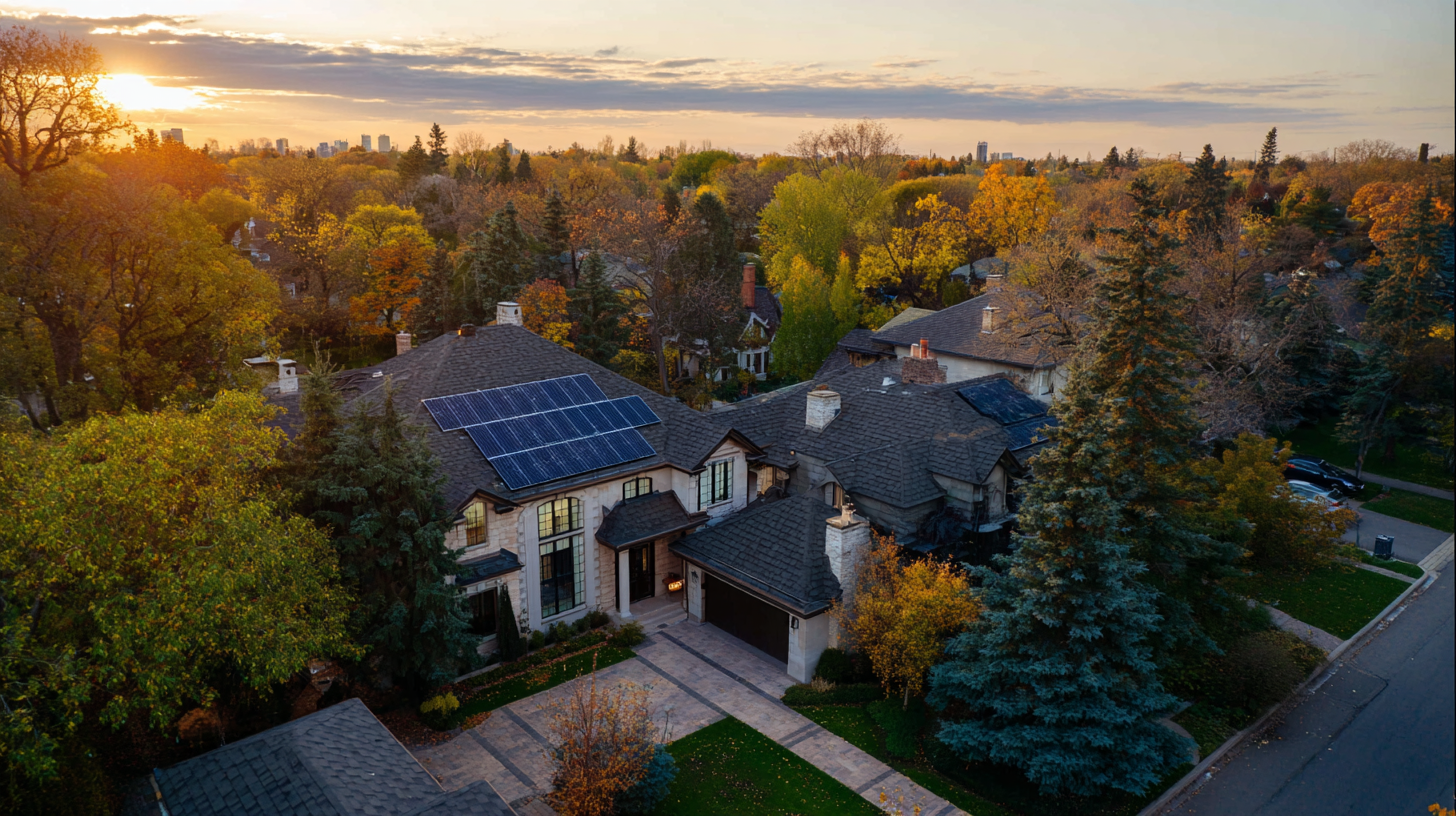
Understanding Your Solar Energy Needs and Goals
When considering solar energy installation for your home, it's essential to first understand your specific energy needs and goals. Assessing your current energy consumption patterns allows you to determine the size and type of solar system that would be most beneficial. Keep track of your electricity bills over the past year to identify any seasonal fluctuations and average consumption. This information serves as a foundation for selecting a solar setup that aligns with your energy habits.
Tips: Conduct a home energy audit to pinpoint areas where you can improve efficiency before installing solar panels. Simple upgrades like better insulation or energy-efficient appliances can reduce your overall consumption, making your solar investment more effective.
Another critical factor in setting your solar energy goals is evaluating your budget and long-term savings expectations. Establish a clear plan that outlines how much you are willing to invest initially and what you hope to save over time. Consider potential incentives or tax credits that may be available in your area, as these can significantly impact your upfront costs.
Tips: Research various financing options, such as solar loans, leases, or power purchase agreements, to find the option that best fits your financial situation while maximizing your benefits from solar energy.
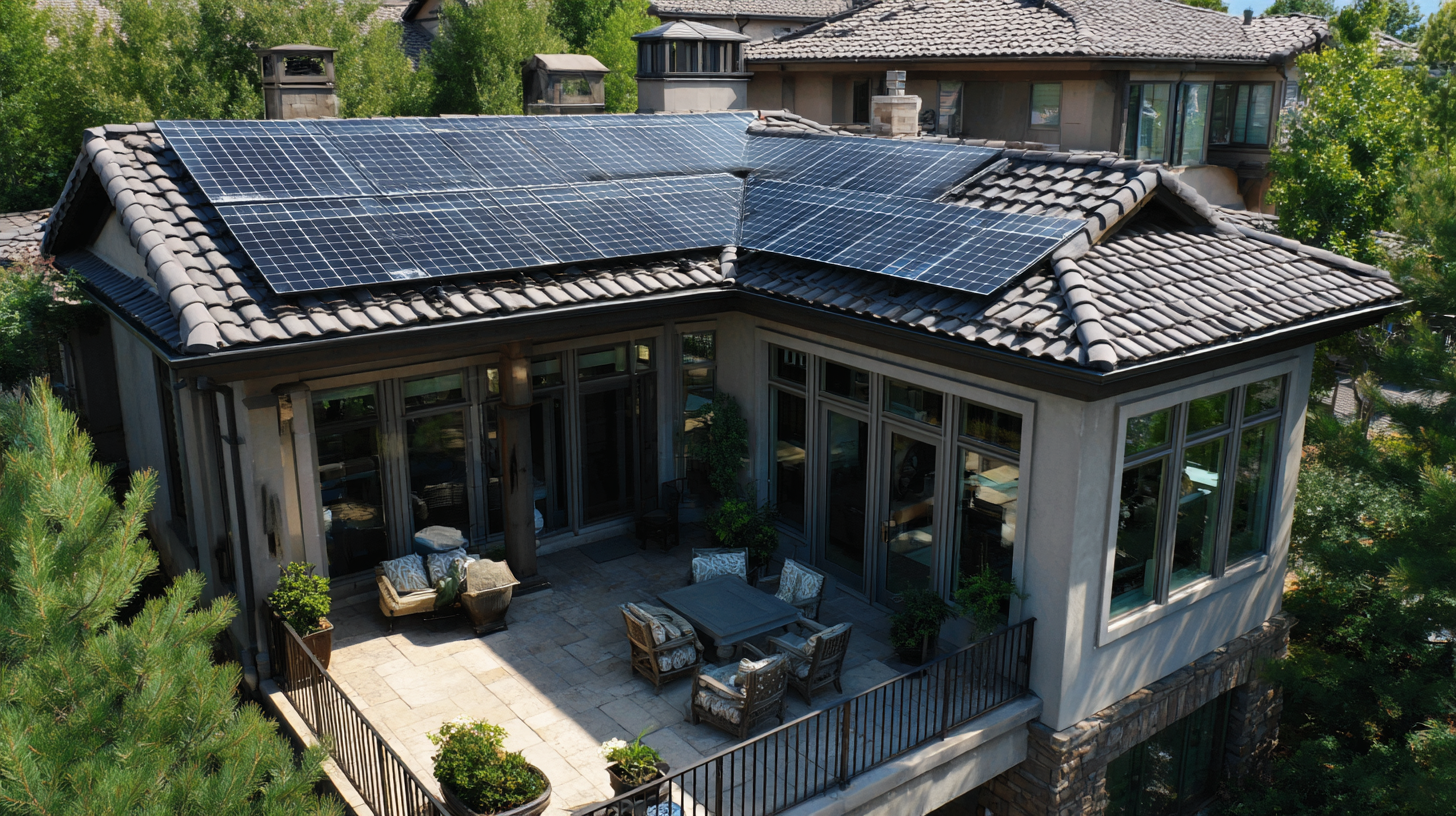
Evaluating the Best Location for Solar Panel Installation
When considering the installation of solar panels, evaluating the best location is crucial to maximize energy efficiency and overall performance. According to the National Renewable Energy Laboratory (NREL), proper siting can improve a solar system's energy generation by up to 25%. South-facing roofs typically receive the most sunlight throughout the day, making them ideal candidates for solar panel installation. In addition, panels installed at an angle of 30 to 45 degrees optimize solar capture, particularly in regions with variable weather conditions.
Beyond orientation, assessing the surrounding environment is equally important. The U.S. Department of Energy emphasizes the impact of shading on solar performance; even partial shading can significantly reduce energy output. Ideally, installations should be free from obstructions such as trees, buildings, and other structures. Conducting a shading analysis using tools like the Solar Pathfinder or online solar mapping tools can help homeowners select the most advantageous location for solar panels. Ensuring that panels are unobstructed by shade will not only enhance energy production but also lead to greater returns on investment in renewable energy systems.
Choosing the Right Type of Solar Panels for Your Home
When considering the integration of solar energy into your home, choosing the right type of solar panels is crucial. The market offers various options, but understanding the key differences among them can help you make an informed decision. Monocrystalline panels, known for their high efficiency and sleek appearance, are made from a single crystal structure. They are ideal for homes with limited rooftop space since they generate more power per square foot. However, they tend to come at a higher price point.
Alternatively, polycrystalline panels are a more budget-friendly option, made from multiple crystal structures. While they are generally less efficient than monocrystalline panels, advancements in technology have narrowed this gap. These panels are a great choice for homeowners looking to maximize their investment in solar while managing upfront costs. Additionally, thin-film solar panels offer flexibility and lightweight solutions, making them suitable for unconventional installations. Each type has its unique advantages, so it's essential to assess your home’s specific energy needs, budget, and space before making a selection.
Solar Panel Types and Their Efficiency Ratings
This chart illustrates the efficiency ratings of different types of solar panels available for residential installation. Understanding these efficiencies can help homeowners choose the best option for their energy needs.
Navigating Local Regulations and Permits for Solar Energy
When considering a solar energy installation for your home, understanding local regulations and permits is crucial. Each municipality has specific guidelines governing the installation of solar panels, which may include zoning laws, building codes, and aesthetic controls. Before proceeding, homeowners should research their local government’s regulations to ensure compliance. Many regions require homeowners to submit a permit application that outlines the proposed solar system’s specifications, including its size and placement.
In addition to permits, it's essential to check if there are any incentives or rebates offered at the local or state level for solar energy installations. Engaging with local utilities can also provide valuable information regarding grid connection and net metering policies. By proactively navigating these regulations, homeowners can streamline the installation process and incorporate solar energy seamlessly into their homes while maximizing potential benefits.
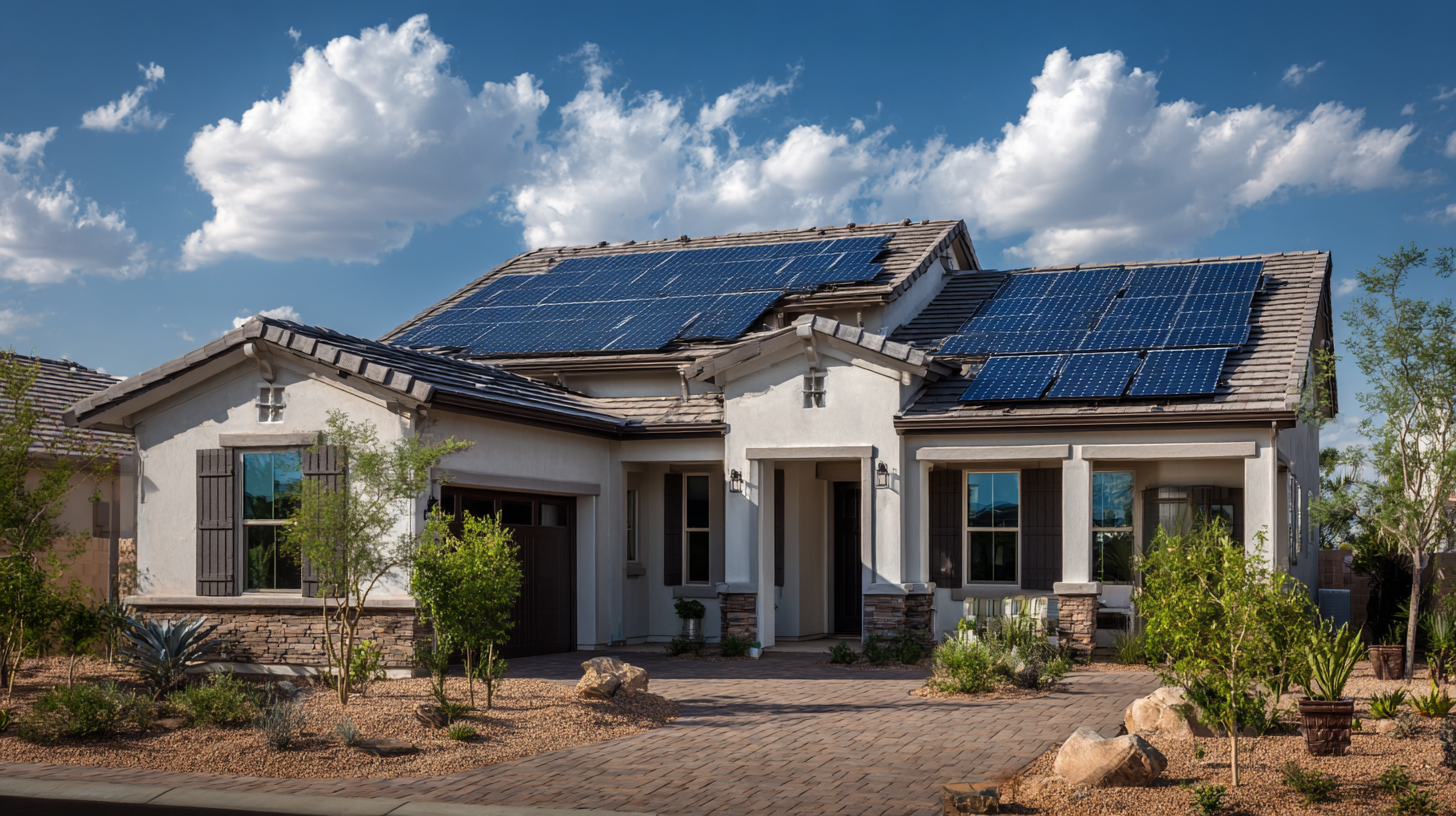
Integrating Solar Energy Systems with Your Home's Electrical Setup
Integrating solar energy systems with your home's electrical setup is a crucial step towards achieving energy independence and sustainability. According to the U.S. Energy Information Administration, residential solar installations have surged by over 40% in the last few years, reflecting a growing trend among homeowners to leverage renewable energy. When properly integrated, solar power not only reduces your carbon footprint but can also lead to significant savings on energy bills, with homeowners potentially saving between $10,000 to $30,000 over the lifetime of their solar panels.
To ensure a seamless integration, it is essential to assess your home's electrical infrastructure. A well-designed solar energy system should complement your existing wiring and electrical panel. The National Renewable Energy Laboratory (NREL) reports that homes equipped with modern, efficient inverters can achieve up to 95% conversion efficiency, maximizing the energy harvested from sunlight. This high efficiency is vital, as it allows systems to operate optimally even during periods of fluctuating energy demand. Homeowners should consult with professional installers who can evaluate their electrical systems and recommend the best solutions to ensure compatibility and performance.
How to Seamlessly Integrate Solar Energy Installation into Your Home
| Aspect | Details |
|---|---|
| Consultation with Experts | Engage with solar energy consultants to assess suitability and options. |
| System Type | Choose between grid-tied, off-grid, or hybrid systems based on needs. |
| Roof Assessment | Evaluate the roof structure, orientation, and shading for optimal installation. |
| Permits & Regulations | Research local building codes, permits, and regulations related to solar installations. |
| Installation Process | Understand the steps involved, from mounting panels to wiring them to the inverter. |
| System Monitoring | Utilize monitoring tools to track energy production and system performance. |
| Cost Considerations | Estimate total costs, including installation, equipment, and potential savings. |
| Financial Incentives | Investigate available tax credits, rebates, and financing options for solar systems. |
Related Posts
-
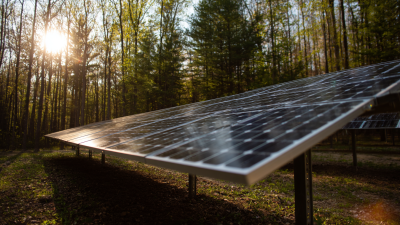
10 Essential Tips for Sourcing Solar Panels Effectively in 2024
-

Ultimate Guide to Mastering Home Solar Installation Techniques for Beginners
-
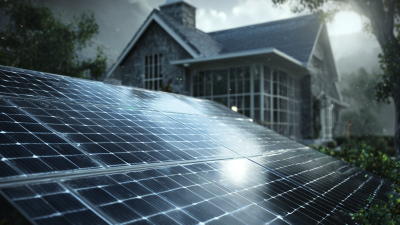
Ultimate Guide to Choosing the Best Solar Energy Panels for Your Home
-

Unmatched Excellence in Home Solar Installation from Top Chinese Manufacturing厂商
-
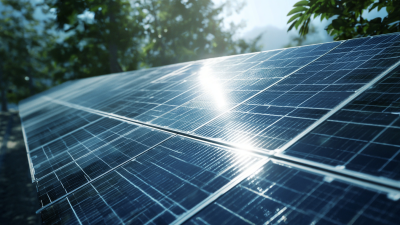
Advantages of Choosing the Best Solar Panels for Sustainable Energy Solutions
-
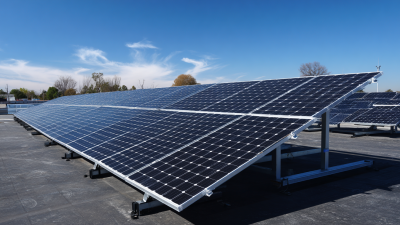
Top Industry Standards and Key Reasons to Choose the Best Solar Energy Panels for Global Buyers